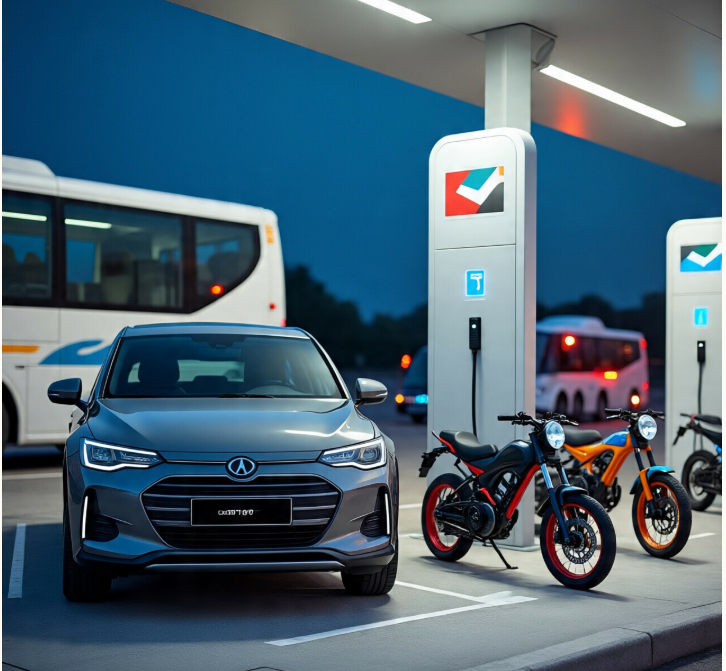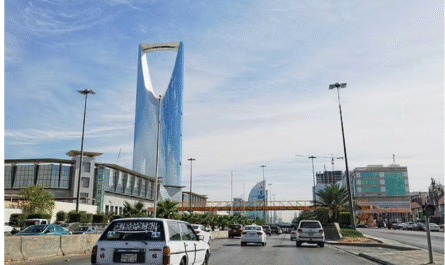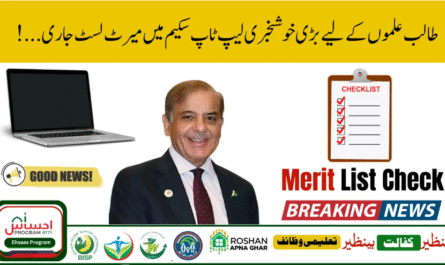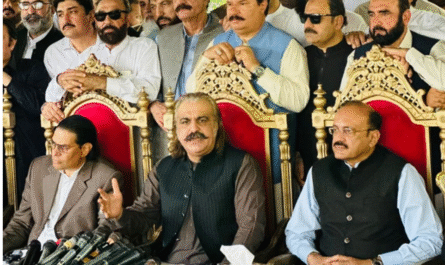1. Why Now? A Strategic Pivot
Pakistan shoulders an annual $13 billion bill on fuel imports—a major drag on its currency reserves. Meanwhile, urban smog—most recently in Lahore—has escalated to alarming levels. The NEV Policy aims to tackle these twin crises: trimming petroleum dependency and cleaning up the air while aligning with global climate goals (Climate Change Act 2016) .
2. Bold Targets: Electrifying Pakistan by 2030
- 30% of new two-, three-, and four-wheelers to be electric by 2030.
- 50% of buses and heavy-duty vehicles targeted for EV adoption.
- Ambitious further goals include 90% EV sales by 2040 and 100% zero-emission roads by 2060.
3. Smart Financial Incentives
- Rs 4 billion earmarked for subsidies: Rs 50,000 for e-bikes and Rs 200,000 for three-wheelers.
- Soft loans at 3% KIBOR, with consumers paying only for installments (≈Rs 9,000/month), and the government covering interest.
- State Bank to incentivize EV financing for industry players.
4. Charging Infrastructure on the Move
- 3,000 charging stations planned by 2030.
- Phase 1: 40 highway chargers (Peshawar→Karachi), spaced ~120 km apart.
- Commitment to install DC fast chargers every 3×3 km in cities and every 15‑30 km on motorways.
- Electricity tariffs reduced from Rs 71 to Rs 39/unit to attract private investment.
5. Boosting Local Industry
- EVs, components, chargers, motors, and battery modules now enjoy 1% import duties (down from 17%+), with further tax breaks through 2027.
- Land leases (up to 50 years) offered in Special Technology Zones for EV plants .
- Investment support from international partners: IFC joined with the Ministry of Industries in April 2025 to back two- and three-wheeler manufacturing.
6. Spotlight on Local Champions
- Licensing issued to 57 EV manufacturers: 55 for 2/3-wheelers, 2 for four-wheeler assembly.
- Sazgar leads in e-rickshaw manufacturing (~30% market share, ~2,500/month units).
7. Expert Voices & Emerging Challenges
- Analysts call the policy “timely” and a “game-changer”, noting long-term cost parity for EVs after just three years of ownership.
- But critics warn of implementation gaps: lack of precise timelines, absence of mapping for grid upgrades and EV support funds, and ambiguous battery recycling frameworks .
✔️ What’s Next?
Successful implementation hinges on:
- Coordinated rollout of charging infrastructure and uninterrupted power, requiring engagement from NEPRA, DISCOs, and NHA.
- Clear policy roadmaps with milestones and public transit electrification targets.
- Private sector engagement, especially in long-term EV after-sales, battery recycling, and consumer awareness.
- Pakistan’s Leap into Electric Mobility.
In Summary
Pakistan’s NEV Policy 2025–30 sets a pioneering vision—with firm targets, tax breaks, subsidies, and infrastructure plans—to revolutionize national mobility, revive local industry, and clean the air. Execution remains the linchpin: unless coordination, implementation, and incentives are meticulously managed, lofty ambitions risk faltering.
That said, with billions in subsidies, international backing from IFC, and strong momentum among local manufacturers, Pakistan’s EV trajectory is well on its way. The coming years will determine whether this policy merely ignites green rhetoric—or drives a genuine electric revolution.



